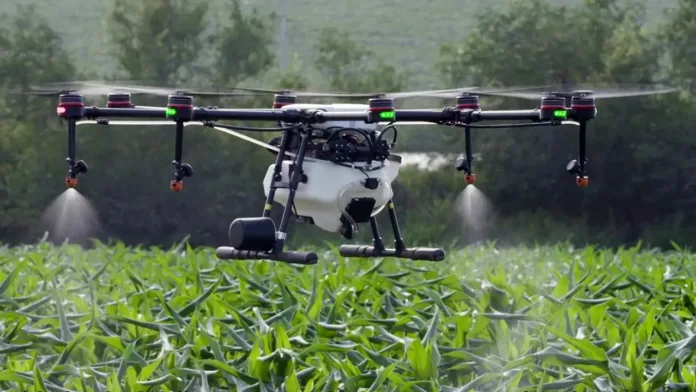
In recent years, drone technology has evolved from a futuristic concept into a practical tool driving transformation across numerous industries. From retail giants experimenting with aerial deliveries to farmers monitoring crops with precision, drones have become indispensable assets. With advancements in AI, automation, and sensor systems, drone technology is not just enhancing efficiency—it’s redefining how industries operate.
The Rise of Drone Technology Across Sectors
Originally developed for military purposes, drones have swiftly entered commercial airspace. Today, their affordability and ease of use are pushing drone innovation across multiple sectors. Companies are harnessing drones to solve long-standing logistical, agricultural, and operational challenges with more precision and less cost.
Drones in Delivery Services
One of the most headline-grabbing uses of drone technology is in the logistics and delivery sector. Drones in delivery are enabling faster, contactless, and cost-effective services. Whether it’s delivering packages in rural areas or emergency medical supplies in disaster zones, drones cut down delivery time dramatically.
Retailers and logistics providers are investing heavily in drone fleets for last-mile delivery, especially where infrastructure is weak or congested. Smart drones equipped with GPS, sensors, and autonomous navigation systems are turning this vision into reality.
Agricultural Drones: A Farming Revolution
Agricultural drones are driving a revolution in modern farming. Farmers now deploy drones for crop surveillance, soil analysis, planting, and pesticide spraying. These flying tools collect real-time data, allowing for smarter decisions on irrigation, fertilization, and pest control.
The ability to analyze crop health via infrared and multispectral imaging empowers farmers to maximize yields while minimizing costs and resource waste. This evolution is particularly impactful in regions with limited agricultural resources or labor shortages.
Industrial Drone Applications
Beyond agriculture and logistics, industrial drone applications are reshaping sectors like construction, mining, oil and gas, and utilities. Drones conduct inspections of infrastructure, power lines, and pipelines—tasks traditionally dangerous and time-consuming for human workers.
In construction, drones provide aerial mapping, 3D modeling, and project monitoring. For mining, they help with site planning and material volume assessments. Their ability to access hard-to-reach or hazardous areas reduces risk while boosting productivity.
Emergency Response and Public Safety
Drone technology is also enhancing emergency response. Firefighters use drones to assess fire zones, while police forces deploy them for search and rescue, surveillance, and traffic monitoring. Drones provide real-time visuals and thermal imaging, helping emergency teams act swiftly and safely.
In environmental disasters, such as floods or earthquakes, drones can quickly survey damage, locate survivors, and deliver vital supplies, often before human teams can reach the scene.
Challenges Facing Drone Technology
Despite the advantages, there are challenges. Air traffic regulations, privacy concerns, and security risks remain major hurdles. Clear guidelines and drone traffic management systems are being developed to ensure drones operate safely within shared airspaces.
Battery limitations and weather dependency also pose technical challenges. However, ongoing R&D is addressing these limitations with improved battery life, materials, and autonomous systems.
The Future of Smart Drones
Looking forward, smart drones will likely integrate more with AI and machine learning. This will enable autonomous decision-making, real-time data analysis, and even predictive maintenance capabilities. Swarm technology—where multiple drones operate in coordination—is also under development and could reshape military, delivery, and surveillance applications.
Additionally, 5G connectivity promises to supercharge drone operations by enabling faster data transfer and more precise remote control, especially in urban and industrial environments.
Conclusion
From the skies above fields to the corridors of urban logistics, drone technology is driving a new wave of industrial innovation. The continued evolution of drones—fueled by AI, connectivity, and data science—is opening up endless possibilities. Whether optimizing supply chains or revolutionizing agriculture, drones are no longer optional—they’re essential tools for the future.